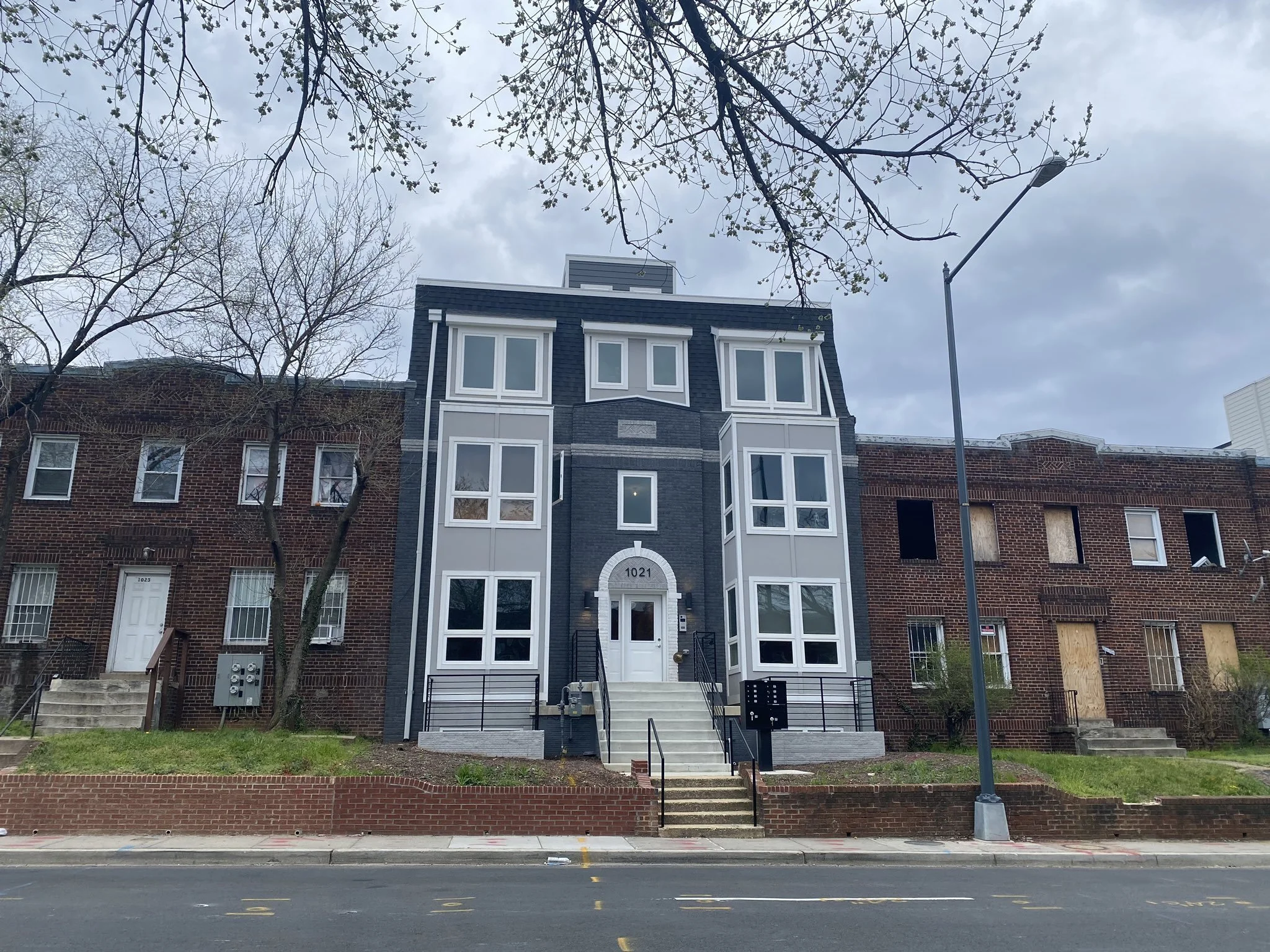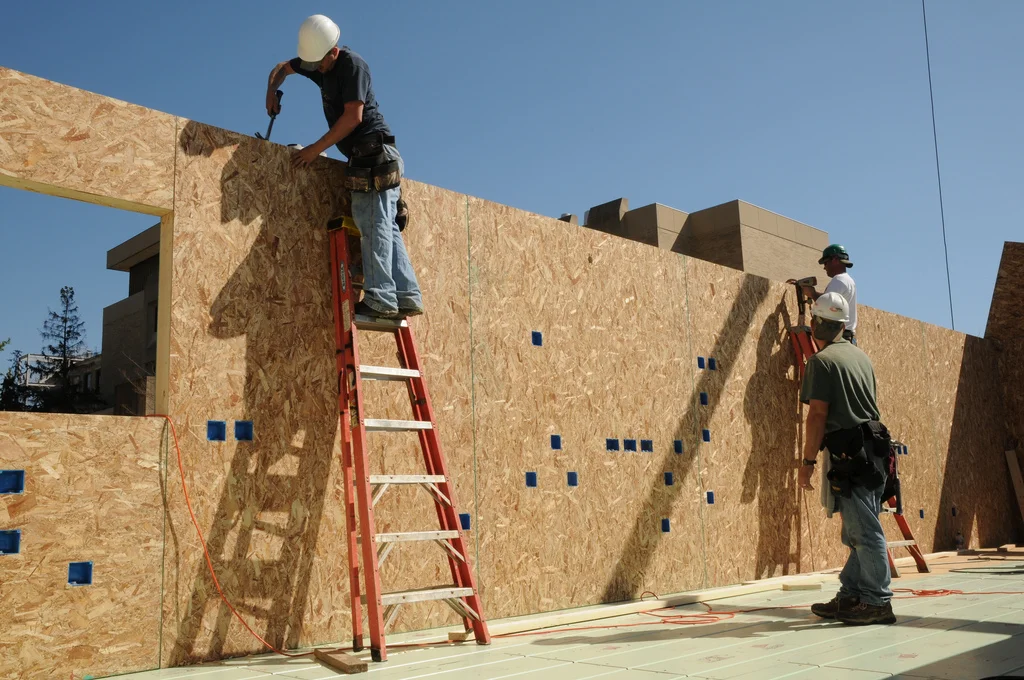Zoning codes across the country attempt to define what a "family" is, often in ways that are not only outdated but also legally tenuous at best. Instead of pretending we can enforce arbitrary definitions of family, let’s focus on what actually impacts people's lives.
Read MoreBack in September, Sacramento became the first city in California to allow multiunit housing in all residential neighborhoods. Here’s what that means for residents seeking housing.
Read MoreMultigenerational living was common before restrictive zoning laws made it illegal to have more than one household in a single-family home. By letting homeowners convert existing houses into duplexes or triplexes, cities can give residents the flexibility to live where they want at a price they can afford.
Read MoreHere’s how Portland, Oregon, is getting more housing built that blends into existing neighborhoods and earns the approval of nearby residents, all while increasing affordability and supporting the local community.
Read MoreWhen suddenly faced with paying his mortgage alone, Noah Tang of Bloomington, Illinois, went old school. He turned his spare rooms into monthly rentals for students in his college town. This helped him make ends meet and also helped him build community.
Read MoreModern zoning, building and fire codes make it impossible to build many of the types of housing that people actually want to live in. Reforming those codes to allow for single-stair construction can help undo some of this damage.
Read MoreThe United States has attached a societal and even moral weight to the Suburban Experiment, codifying it across the country. But that wasn’t always the case. Many beloved and iconic building styles are incremental, and they’re proof that America can return to a more resilient way of building.
Read MoreChange can be scary and off-putting, and the construction of houses that don’t fit into an existing neighborhood — in this case because of size — can be a source of tension. But a change in neighborhood scale can be a good thing, as larger houses allow for important flexibility in housing options, like multigenerational and multifamily living.
Read MoreHere’s one important question to ask about how your city regulates housing.
Read MoreMost of your city’s zoning likely prohibits multifamily housing—even of a modest form, like triple-deckers. If so, you have the arrogance of early zoning reformers to thank for it.
Read MoreWhy does multifamily housing has the same, copied look in most places?
Read MoreJust as kids ignore sidewalks in favor of walking a more efficient path through the grass, homeowners in California are voting with their toolbelts to create zoning desire paths.
Read MoreLiving with extended family is something Americans often associate with immigrant households. But why?
Read MoreStickplexes — dense residential structures on 2,500 square feet of land per unit or less — are an underutilized option for many towns and cities. They can often go where missing middle cannot.
Read MoreA bill making its way through the Vermont legislature could be a model for making communities more affordable, more walkable, and more prosperous.
Read MoreDo the new guidelines go too far, not far enough, or are they just right (for now)?
Read MoreHow is it possible that so many of our cities are seeing their footprints grow, but their populations shrink? The answer to this paradox might surprise you.
Read MoreHousing development in the United States isn’t a one-size-fits-all model. Different types of neighborhoods and urban forms have different financing needs. Kudos to Fannie Mae and Freddie Mac for taking these steps.
Read MoreWhat we’re witnessing isn’t a modern aberration of multi-story buildings being imposed on the traditional city. It’s actually a return to the historic pattern after an odd twentieth century hiatus.
Read MoreSmall developers who want to build modest mixed-use buildings on their town's Main Street are not able to access the favorable financing available to the developers of large single use suburban apartment complexes.
Read More



















